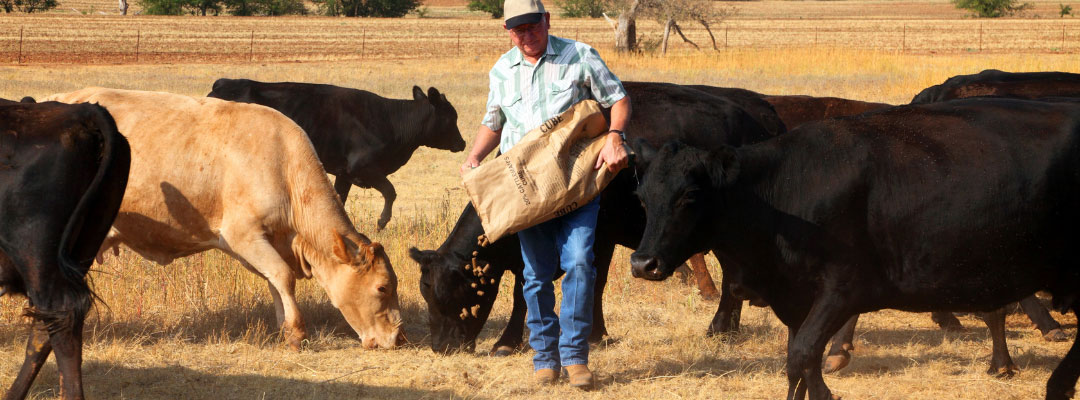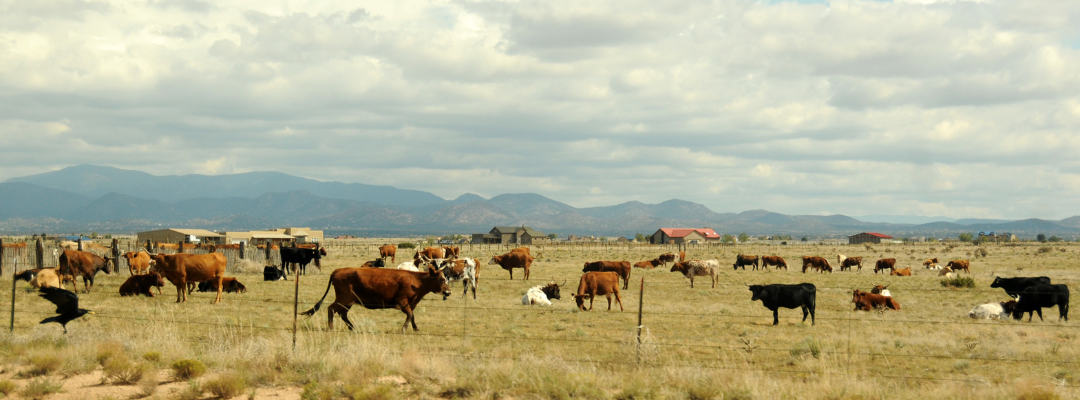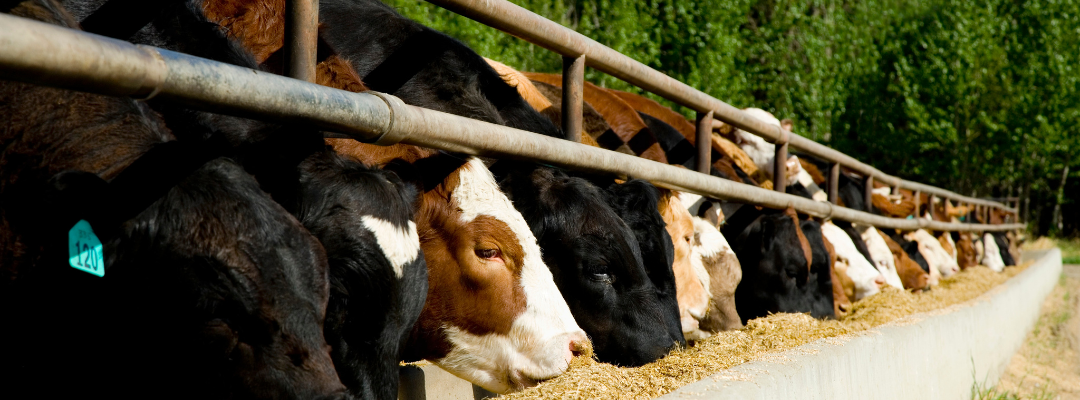The latest USDA Cattle on Feed report was released on Friday and showed drought conditions continued to impact cattle movement into feedlots during August. Dry weather and poor pasture conditions in some areas have likely led to producers selling cattle sooner than normal. Placements into feedlots during August were up slightly over year-ago levels but were driven by lighter weight cattle.
Placements of cattle weighing less than 700 pounds were about five percent higher than in August 2021 while placements of cattle weighing more than 700 pounds were about two percent lower than a year ago. Looking at Texas where drought conditions have been severe, August placements of cattle weighing less than 700 pounds were nearly 12 percent higher than a year ago while total placements were up 9 percent.
The late summer months are seasonally the lowest cattle on feed months, and it appears August will be the low for 2022. Feedlot inventory on September 1st was estimated at 11.3 million head which is up slightly from August 1st and also up slightly from a year ago. Feedlot inventories will grow in the fall months but by how much is the big question. The increased placements of lighter cattle over the summer suggest there will be fewer placements during the fall months than usual. It is likely that some cattle that would have normally been placed in September through November were already placed into feedlots during the summer. Early indications for wheat pasture in the Southern Plains look disastrous unless some sustained rainfall comes soon. Poor wheat pasture establishment will reduce stocker calf demand this Fall but may send more to feedlots at lighter weights.

Maples, Josh. “Drought Continues to Impact Cattle Flow“. Southern Ag Today 2(40.2). September 27, 2022. Permalink









